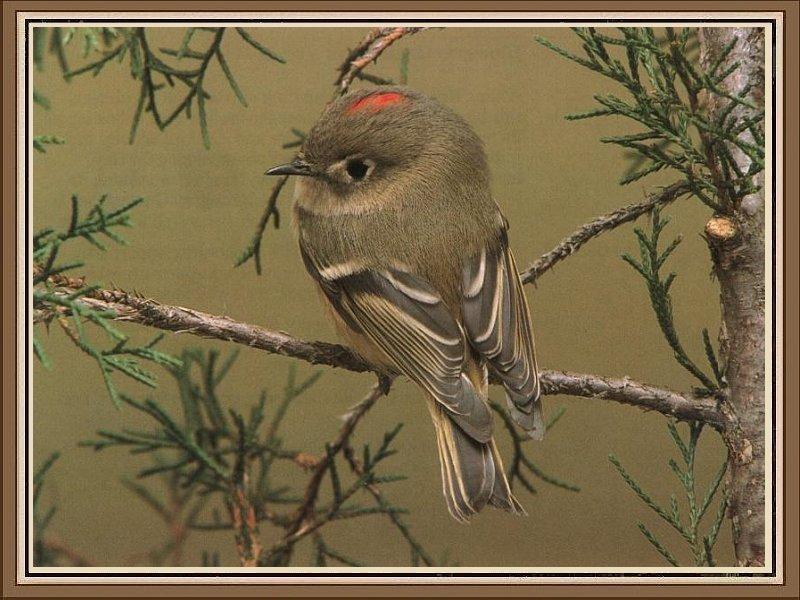|
| Query: bird | Result: 4138th of 32675 | |
Ruby-crowned Kinglet (Regulus calendula) <!--붉은관상모솔새-->
| Subject: | Ruby-crowned Kinglet (Regulus calendula)
| |

| Resolution: 800x600
File Size: 97942 Bytes
Upload Date: 2005:01:11 22:06:03
|
From: Donald Mathis
Newsgroups: alt.binaries.pictures.animals
Subject: Bird - Ruby-crowned Kinglet (1)
Date: Fri, 29 Aug 1997 06:55:28 -0500
name="Ruby-crownedKinglet_01.jpg" |
^o^
Animal Pictures Archive for smart phones
^o^
|
|